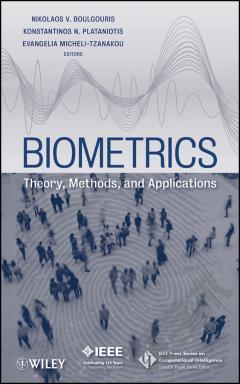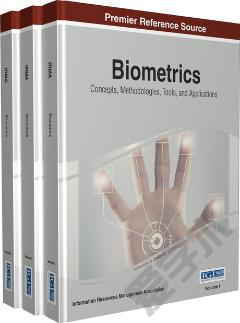Biometrics: Methods, Applications and Analyses
Biometrics refers to methods for uniquely recognizing humans based upon one or more intrinsic physical or behavioral traits. In information technology in particular, biometrics is used as a form of identity access management and access control. It is also used to identify individuals in groups that are under surveillance. Biometric characteristics can be divided in two main classes: physiological and behavioral. Physiological examples include fingerprints, face recognition, DNA, hand and palm geometry, iris recognition, which has largely replaced retina, and odor/scent. Behavioral examples includetyping rhythm, gait, and voice. This new book gathers the latest research in the field of biometrics and focuses on topics such as on-line signature verification, improving the performance of color spaces in face recognition, block coding schemes designed for biometrical authentication, large scale palmprint identification and distributional properties of count outcomes and limitations of relying on more traditional analytic methods to analyze low base rate occurrences.
{{comment.content}}








 京公网安备 11010802027623号
京公网安备 11010802027623号